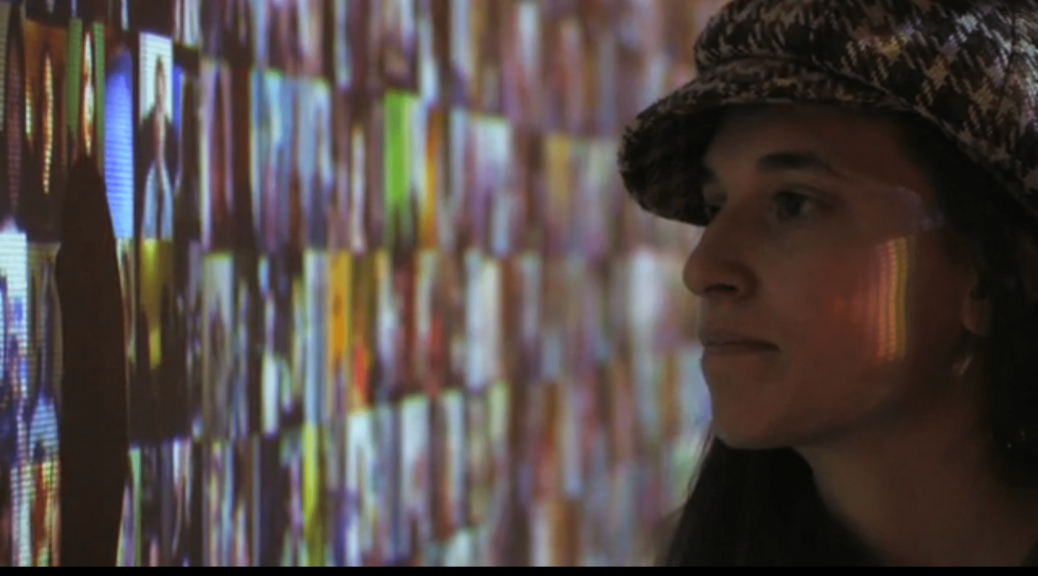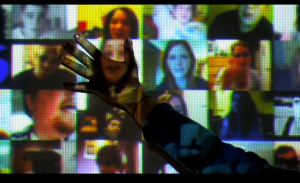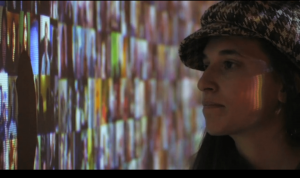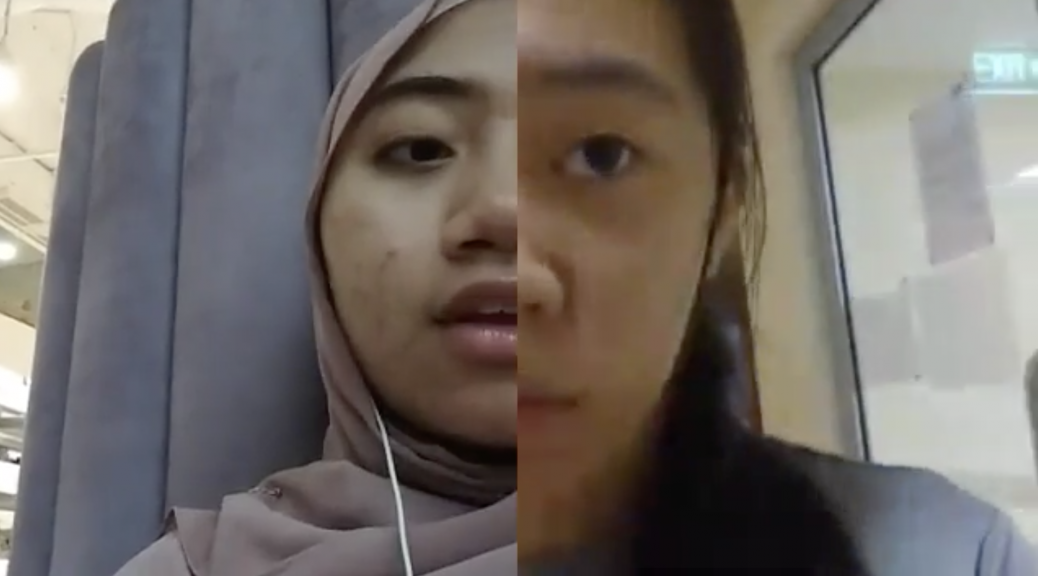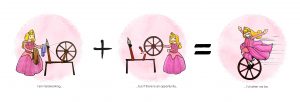M A K E U P A R T I S T :
This is probably my favourite one out of the 4 because I have a whole lot of old makeup and I also loveeee playing with makeup.

I first started by aligning the tools and creating a composition with them on photoshop.

Then I went on to illustrator and traced it out. But after completing the tracing I didn’t really like the technical and clean cut outcome. Everything was too neat and I didn’t fancy that because doing makeup shouldn’t be neat!!! It’s a fun and messy process. So I decided to try photography.
But after completing the tracing I didn’t really like the technical and clean cut outcome. Everything was too neat and I didn’t fancy that because doing makeup shouldn’t be neat!!! It’s a fun and messy process. So I decided to try photography.
I played around with makeup, tried out different strokes and colour tests.



Link below to videos of me experimenting with makeup tools!! Please switch on your volume because it sounds relaxing HAHA:
Trying out different strokes with mascara wand
I came up with different compositions:



I then edited them in photoshop, placed some more makeup along the borders to create a ‘frame’.


It looked a little off and it might be because of the plain background, and wayyy too many things to look at.
F A S H I O N D E S I G N E R :
I thought of sewing at first but then I didn’t want to focus on the sewing aspect of the job. I wanted to show the process of designing and drawing out the designs.
Sorted out a composition on photoshop first to make ‘ANA’

Traced out and coloured the image on illustrator:



I wanted a light-washed watercolour and sketchy effect similar to the references. I also tried different backgrounds:


L O G O D E S I G N E R
I decided I want to make minimalist logos for my name. Came up with different designs:

This looked like ‘Fatz’ instead of ‘Farz’. Scraping that and tried going for ‘Faz’ instead.


I didn’t like that there were too many different alphabets in my name. SO I went with ‘ANA’. I want to have some recurring motifs (2 A’s) thus the change of name.

Too simple.

Still not feeling it.

I also tried inverting the colours to see which one works better.

Ok definitely better and at least I get the logo feels from this final design.
Artist (watercolorist)
I decided to focus on one medium as an artist— Watercolour!! I love painting in watercolour because its very therapeutic and fast. I started with colour schemes first:


After which I scanned in my watercolour splashes and created some background colour:



I used the font lucky turns because I also liked doing brush lettering, especially with watercolour.


I liked the second one, but it felt like a normal brush letter design. So I used illustrator pen tool to make a paintbrush, to show myself as an artist who paints.





 :
:















